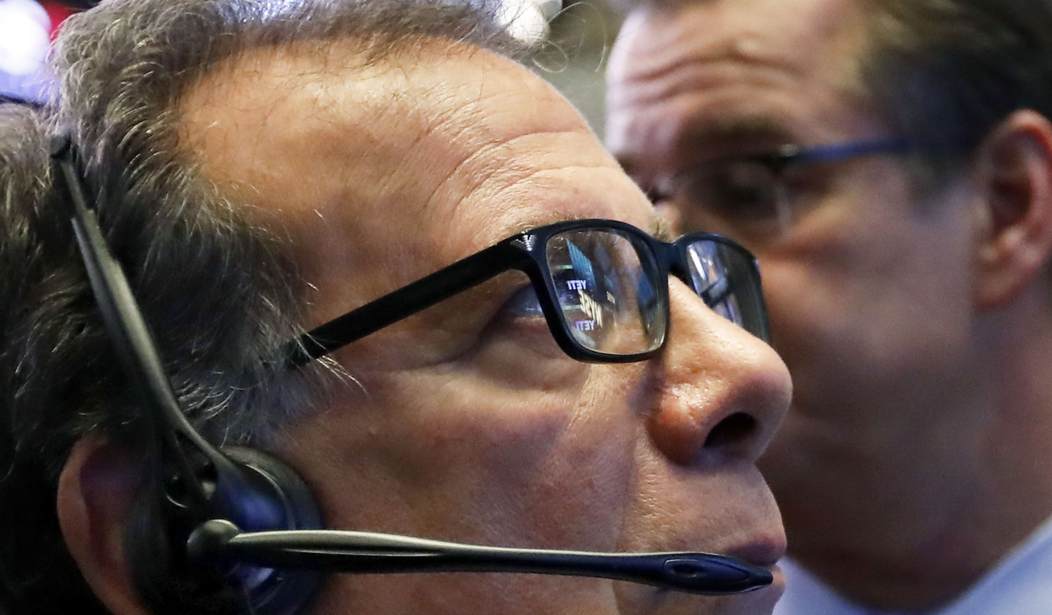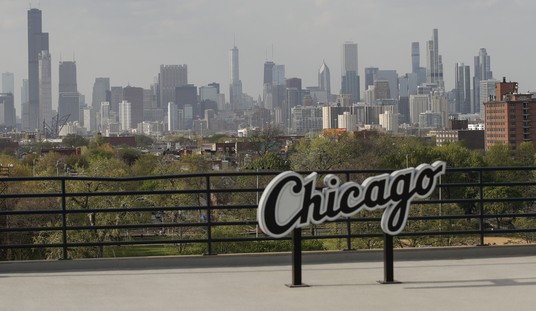It was like watching a train slide off its tracks in real-time. And yet, it never felt like panic, just fate for the session that couldn’t be stopped. What’s interesting is that I think the market is pushing the issues more than the issues are pushing the stock market.
What I mean by this is the stock market has been trading under a cloud of angst for some time, mostly assuming it would get additional aid from the Federal Reserve and the federal government.
I was bracing for a dire reaction more immediately after Congress let the additional $600 unemployment benefits expire; instead, we had the best performance for August in thirty years. We, of course, rode that wave because you just don’t abandon those kinds of moves. We rang the register often and took profits on positions such as Microsoft (MSFT), which I would have held if the broad market had not gone parabolic.
Be that as it may, the stock market is the most powerful agitator for the stock market, and has bullied Presidents, the Federal Reserve, CEOs, board of directors, and voters. When the market gives up, assuming it begins to demand in the only way it knows how, it reminds me of the old commercial where Mother Nature tries a margarine brand and is convinced it’s butter. When the package is revealed to indeed be margarine, Mother Nature unleashes her wrath saying, “It’s Not Nice To Fool Mother Nature.”
The Federal Reserve is committed to using all its tools to help the recovery; however, the stock market has begun to question what tool is taken for granted. The odds increase each day that there will not be an additional fiscal stimulus because this is an election year. Don’t get it twisted - there is no way lawmakers will make nice after what will be a contentious outcome. Last Wednesday, Jerome Powell, Chairman of the Federal Reserve, got too cute and was too coy.
Recommended
Powell used the so-called ‘Dot Plot’ and fancy words when all Wall Street wanted was a commitment to curbing yields or even going to negative rates. Do not get me wrong. I think there is still a chance for Congress to act, and I would not be surprised if the Fed made moves any day now.
There is no way any of the powers that can provide aid are not looking at the market, and feeling as if they are facing the wrath of Mother Nature.
Excessive Selling
Market breadth underscored the ugly carnage of the session. By the time the dust settled, decliners were at an 8.9:1 ratio to advancing issues on the NYSE. There was an 8.2:1 ratio of up volume to down volume. The NASDAQ Composite decliners were 5.9:1 r to advancers, while the down volume was almost a 3:1 ratio against the up volume.
Market Breadth | NYSE | NASDAQ |
Advancing | 310 | 501 |
Declining | 2,757 | 2,972 |
52 Week High | 28 | 48 |
52 Week Low | 54 | 94 |
Up Volume | 467.09M | 1.04B |
Down Volume | 3.82B | 2.92 |
Buy Signal?
There was so much selling versus buying, at one point yesterday that the NYSE Tick Index (TIC.N) got to levels that are considered oversold. In the session, just about every tick was a sell order. Ironically, it was somewhat orderly, but the ultimate strike from buyers allowed the dip to find its level of support.
To see the chart, click here.
Too Hot?
It stands to reason that the hottest stocks on the way up will be the hardest hit on the way down. Another logical thought is stocks of companies with the weakest underlying fundamentals explain why these stocks trail the averages, and why they could be the hardest hit on pullbacks.
We got a little of both yesterday:
- Nasdaq 100: -3.16%
- Russell 2000: -3.04%
- NASDAQ Comp: -3.07%
- S&P 500: -2.37%
- Dow Jones Ind: -1.92%
There were times this year when I’ve said only slightly tongue-in-cheek that Tesla (TSLA) was the key to the stock market rally. When the stock is up, the broad market is up; when it’s down, the broad market is down. Yesterday, Tesla took it on the chin, and so did a lot of other hot stocks.
- Tesla (TSLA): -10.34%
- Apple (AAPL): -4.42%
- Microsoft (MSFT): -3.29%
While those big movers took it on the chin, I have to point out small-caps were also hammered. Then, there’s the Energy (XLE) sector that has become an unmitigated disaster. The hardest hit of all sectors, Energy got no help from California Governor Gavin Newsom, who signed an executive order banning the sale of new combustion engine cars by 2035.
Some Thoughts
I am not sure what actually triggered the selling, but the inability to hold early gains was a yellow flag, as the overall market bias has shifted to the downside. Yesterday, Federal Reserve Governor Randal Quarles tried to portray the U.S. economy in optimistic terms, backed up with facts on housing, manufacturing, and the consumer, but he also reiterated allowing inflation to run hotter for a lot longer.
Speaking out of both sides of his mouth is what triggered selling last week when Powell tried to pull it off. Moreover, Quarles also echoed the plea to Congress to take action, as he noted a full recovery is a long way off.
I think we are at a point where the market is oversold, but that does not mean there can’t or won’t be more downward pressure. It also does mean great stocks are getting cheaper. Interestingly, some of the names I’m spying are not getting that weak, which itself is a buy signal.
We are going to take care to communicate even more than we usually do, which is a lot. Do me a favor, and make sure you have cash and understand what’s happening. It’s going to help you make money, but the process isn’t fun.
Portfolio Approach
There were no changes to the Hotline Model Portfolio yesterday.

Today’s Session
Equity futures continue to be under pressure from a number of factors that only add to the fact the stock market is down as a tactic to get the attention of powerful institutions that have fallen asleep at the switch or simply live in bubbles.
Jobless Claims
The numbers this morning offer a message of hope, but also a warning. The good news is the total of folks getting some form of unemployment benefits dropped dramatically. That data is cobbled together with a two-week lag, so its hopeful that the trend is improving rapidly. The biggest contributor to the decline was a near three million decline.
- Total on UI Benefits Sept 5th 26,044,952 -3,723,513
- Total on PUA Sept 5th 11,510,888 -2,956,176
- New PAU Sept 19th 630,080 -45,074
Initial Jobless Claims
Initial jobless claims of 870,000 are slightly more than consensus, and below one million, but stubbornly high, and hinting at potentially getting worse.
To see the chart, click here.
Continuing claims
Continuing claims of 12.58 million is also slightly more than consensus of 12.30 million, but it is the lowest level since early April.
To see the chart, click here.
The market got softer on the news, as the shift from seeing and reacting to silver linings has given way to assuming the worst-case scenario. These are emotional shifts that create oversold and overbought conditions.
























Join the conversation as a VIP Member